As I described in earlier posts, the curved apron for this semicircular table is made out of 5 layers of stacked pine. Each layer is arranged so that the joints don’t overlap; sort of a "bricklayer" approach that avoids steam bending. Here is the shop sawn mahogany veneer glued to the show side of the apron. I’m going to let this sit for a while to focus on the Bellflower inlay on the legs.
With the Holly stringing that outlines legs already completed, now comes the hard part – the Bellflower inlays. I’ve never done this before, plus I’m pretty much an idiot. I don’t pretend to have any idea about how you’re supposed to do this. My only intent in posting is to share my experience.
I made one of each Bellflower piece by gluing a photocopy of the design to the Holly inlay and using gouges to chop out a “master copy” that was used as a template to layout the multiple copies I will need for the 10 legs surfaces that will be inlaid.The central leaf in the Bellflower is a simple shape and I cut those out of 1/16” thick shop sawn veneer using gouges –pretty straightforward.
The two side leaves of the Bellflower have complex curves. I thought trying to cut these out of the shop sawn veneer could lead to splitting, particular around the curve. Consequently I decided to use commercial Holly veneer with inexpensive backing veneer glued to at a 90° angle to the face veneer (the Holly is super thin- I’m not sure but I think 1/32”. Spoiler alert – this comes back to bite me in the butt later).
The theory is two layer, cross grained veneer should be less likely to fracture along the short grain curves. This turned out to be true. Regrettably, the fact that the commercial Holly veneer was so much thinner than the shop sawn veneer turned out to be a real problem.
The side Bellflower’s are inlaid first because the central Bellflower overlaps them. I secure them to the surface with a toothpick of hide glue. The next step is to use an X-Acto to outline the side leaves. Once the leaves are outlined, a sharp putty knife is used to remove them and it’s time to route their recesses.
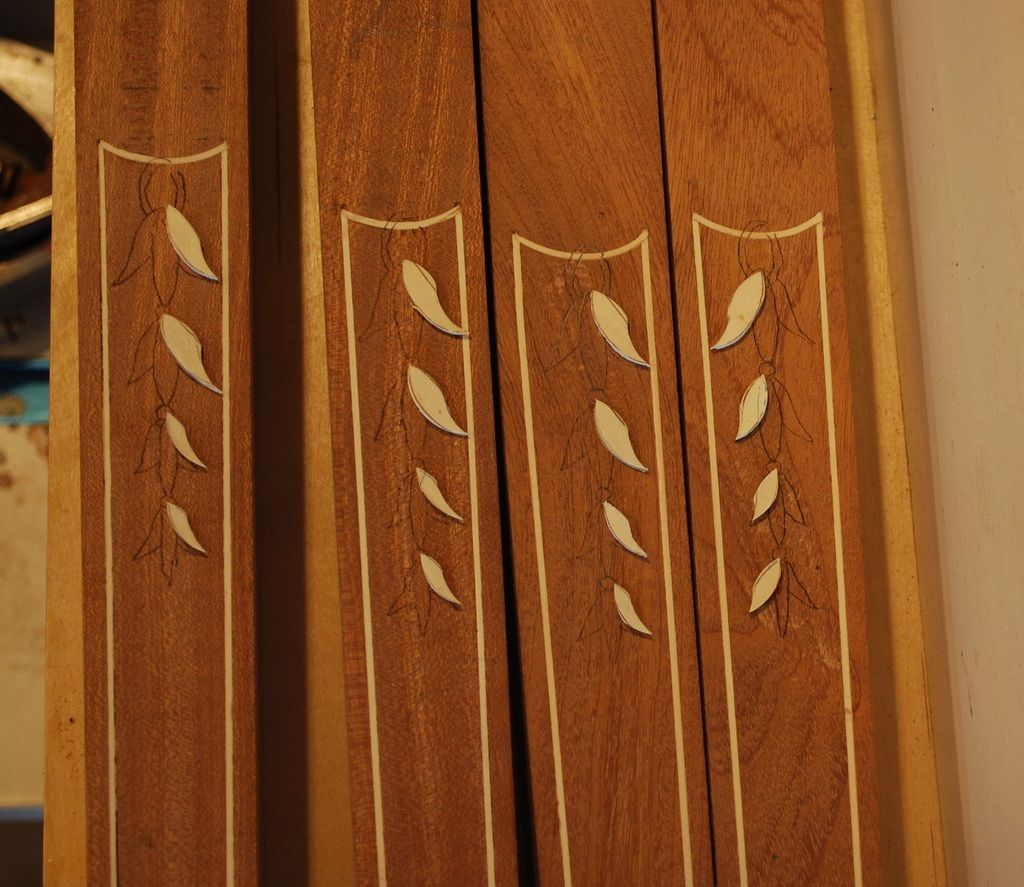




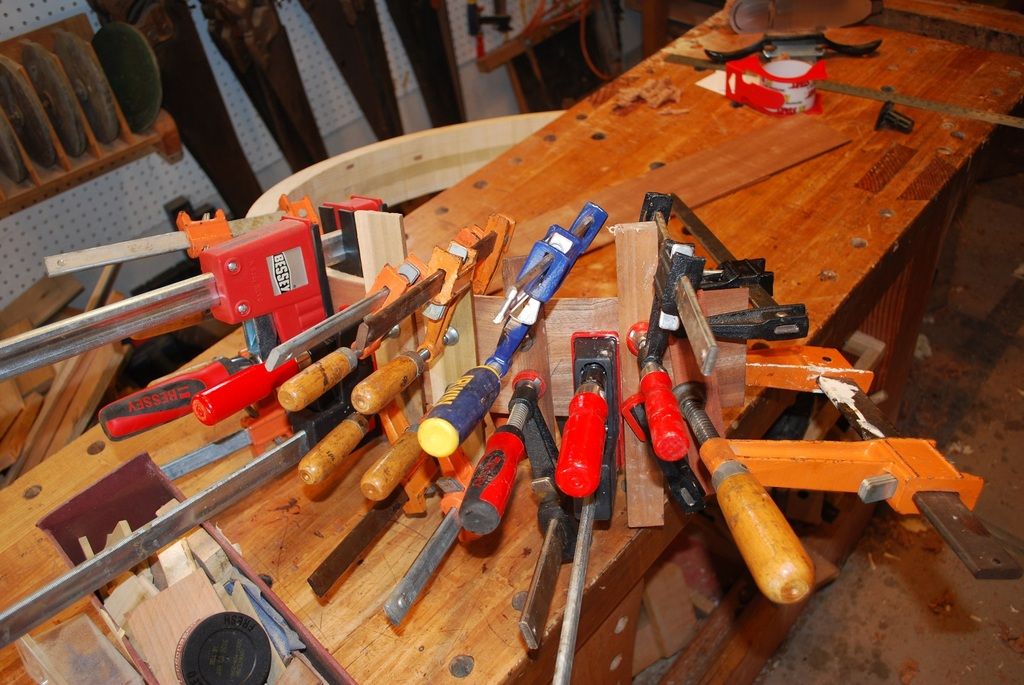

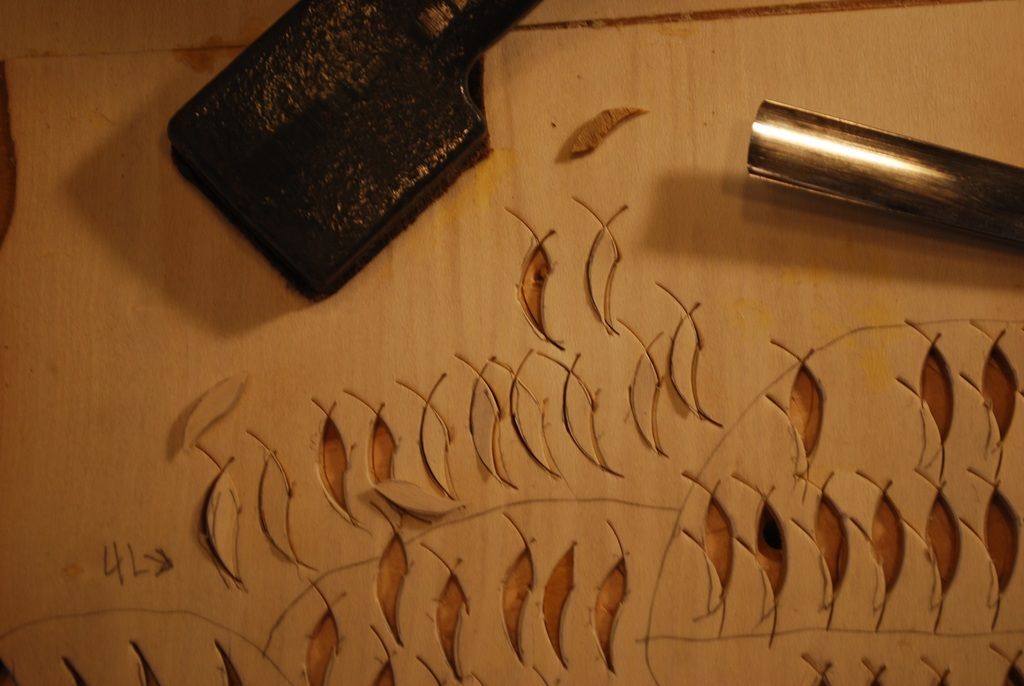
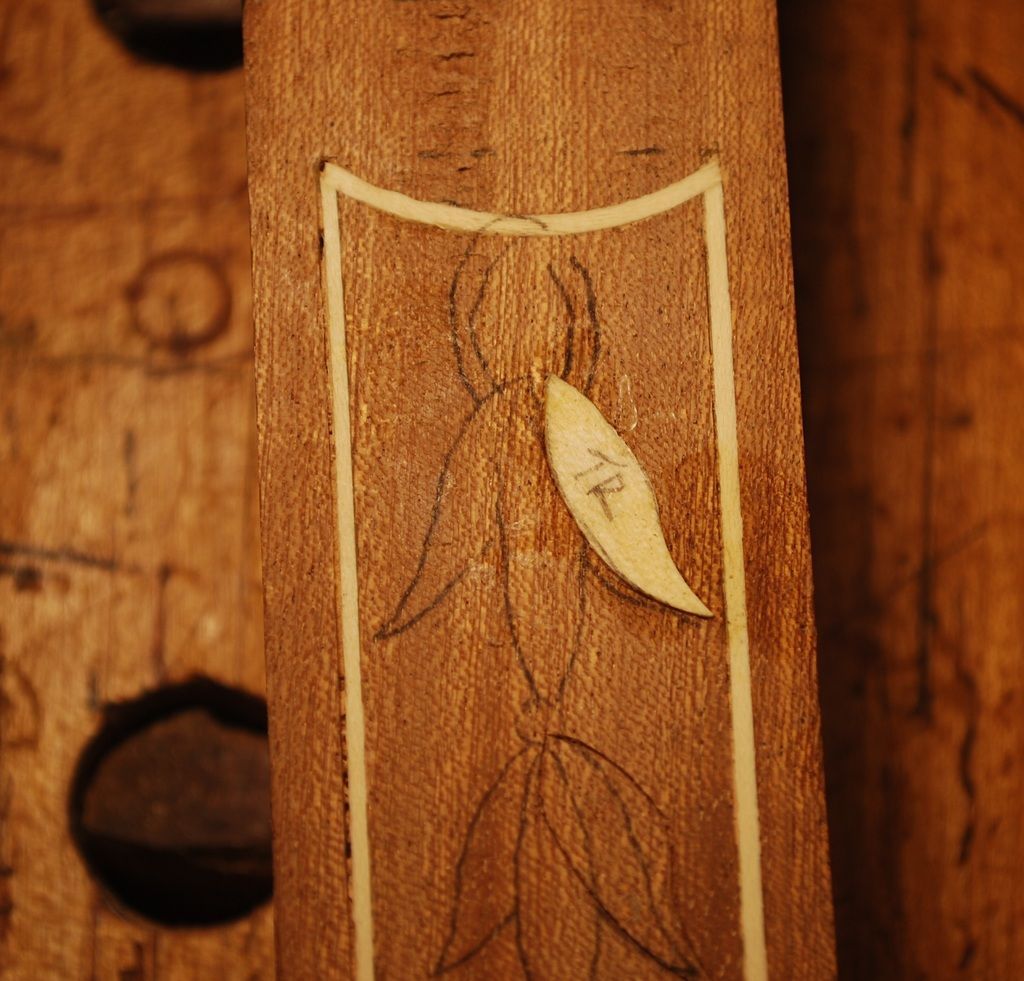
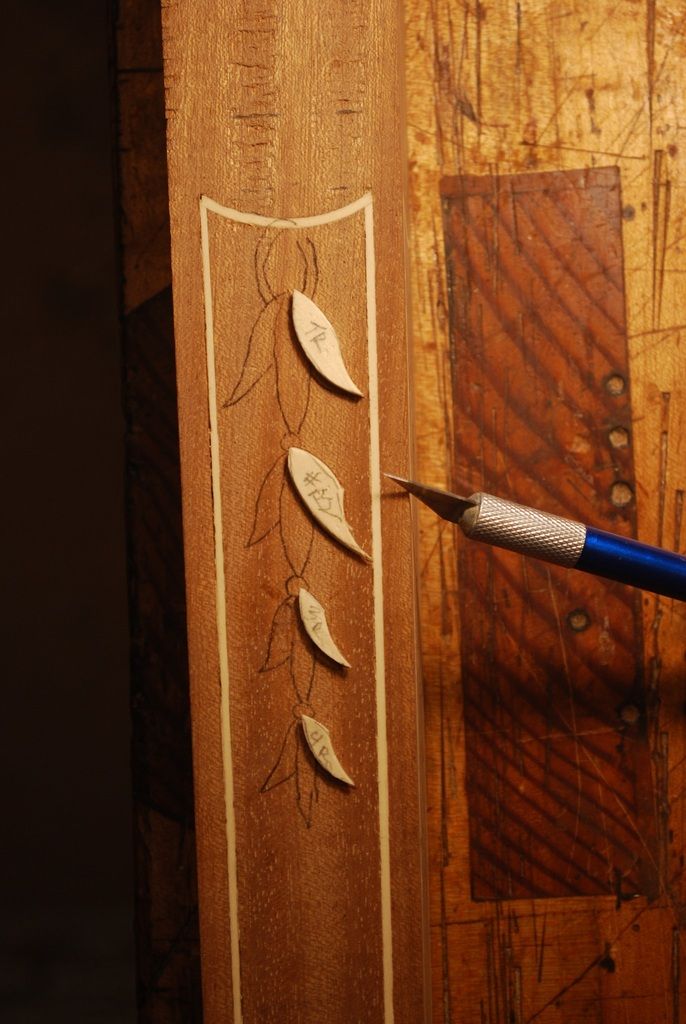

 Reply With Quote
Reply With Quote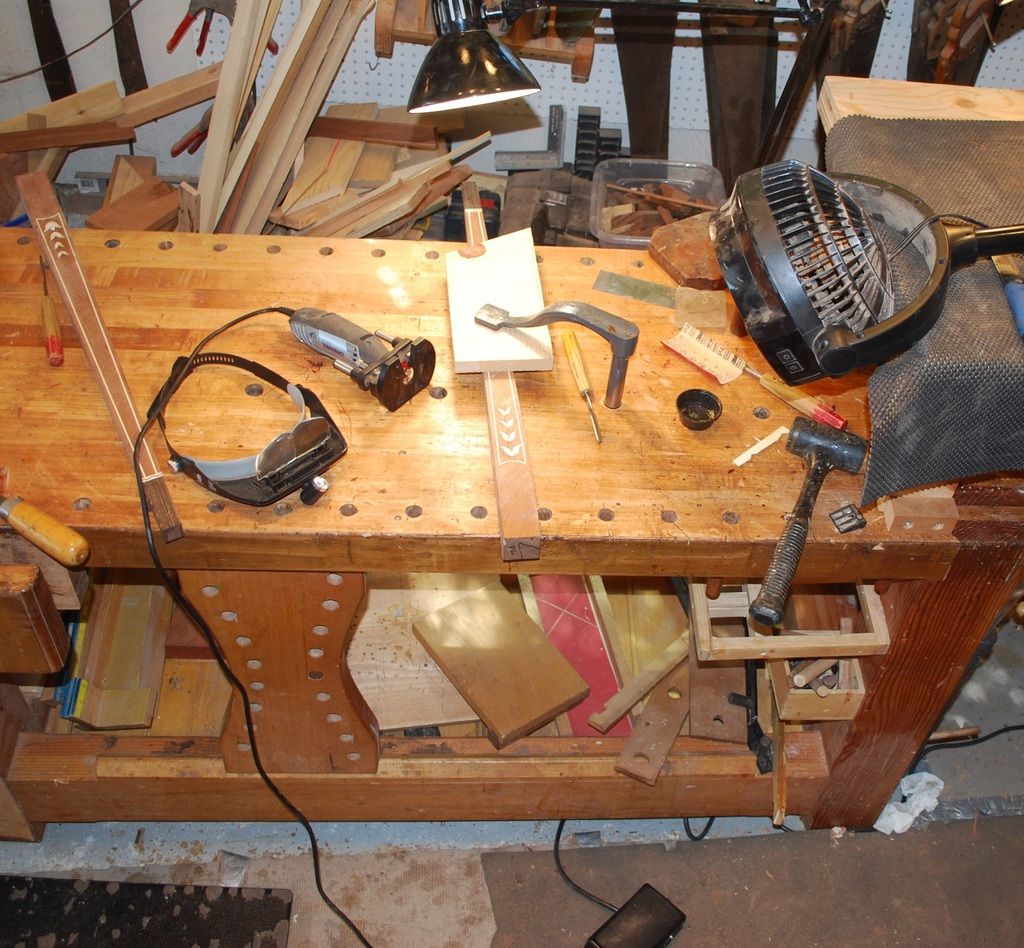
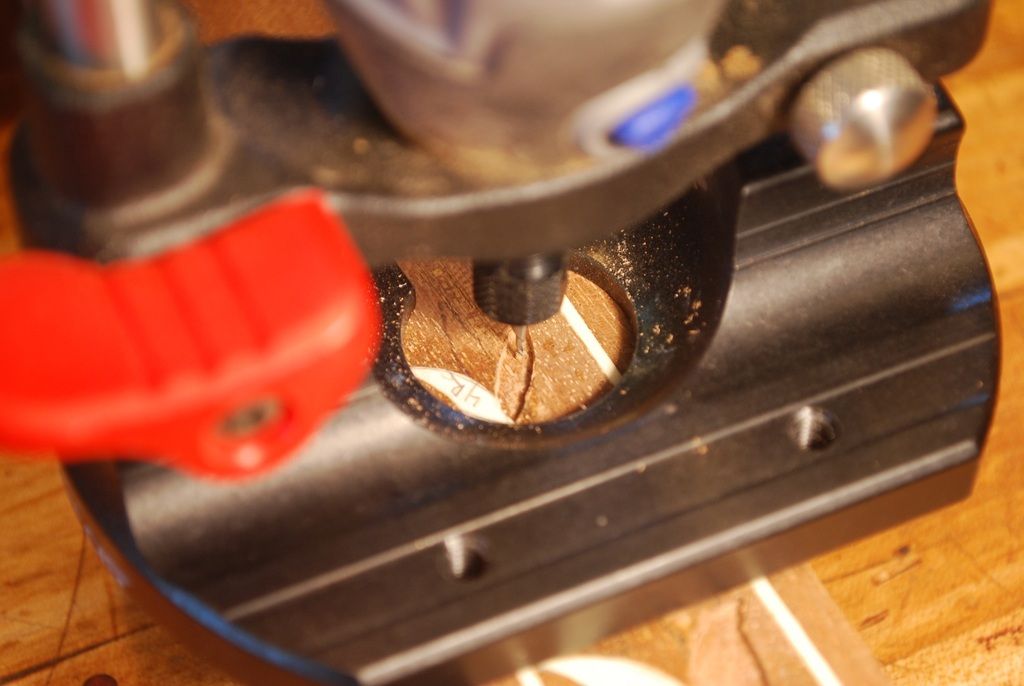
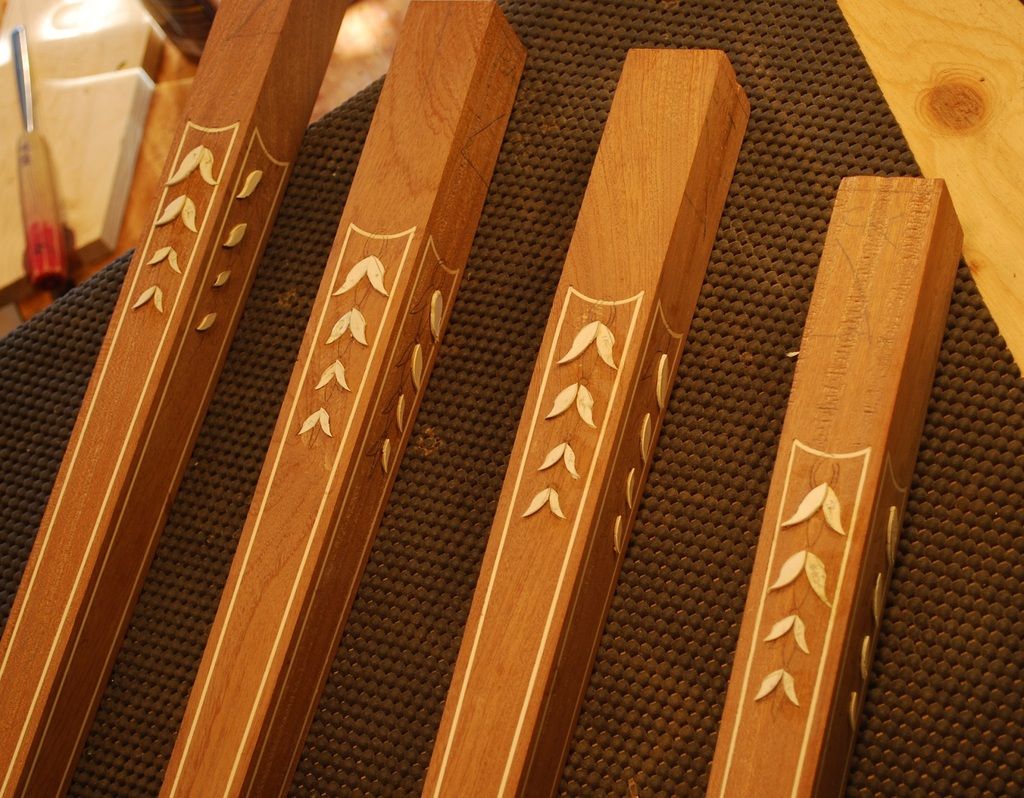
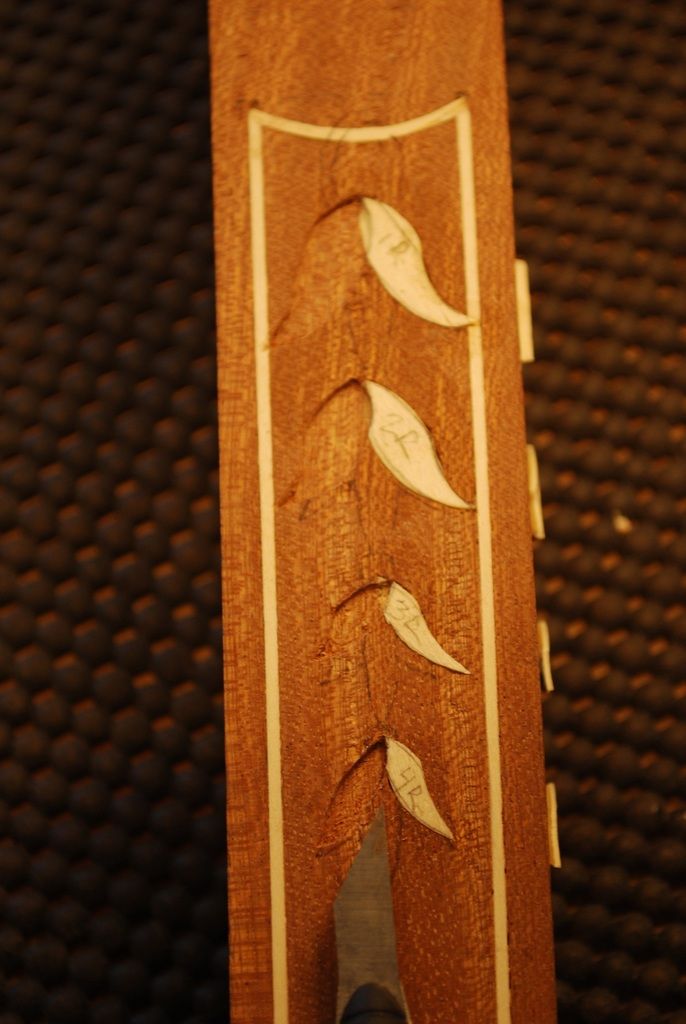
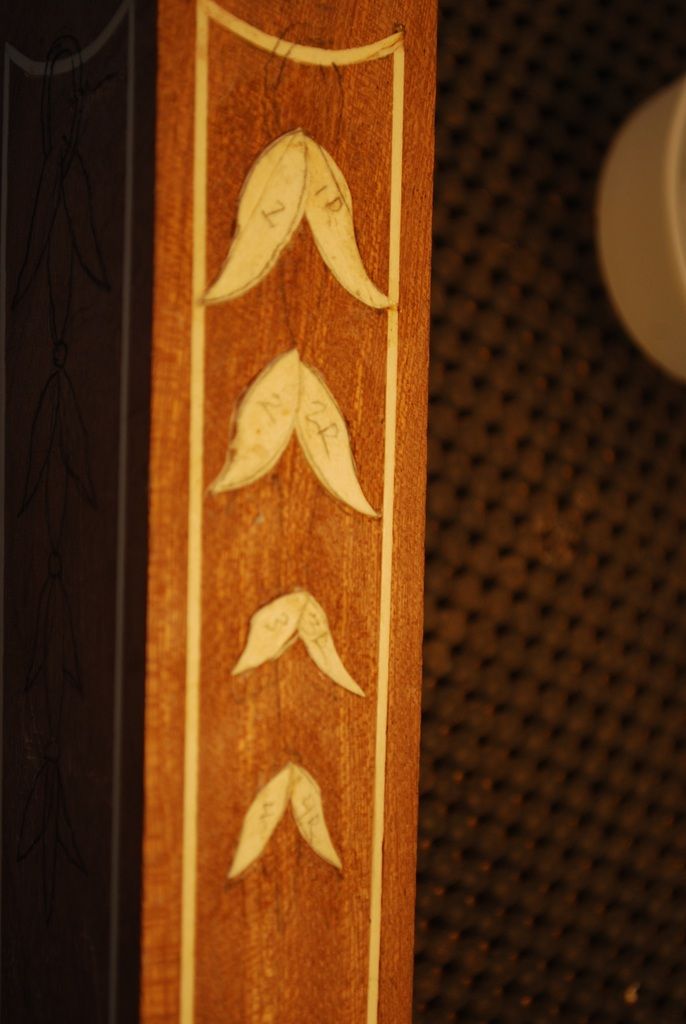
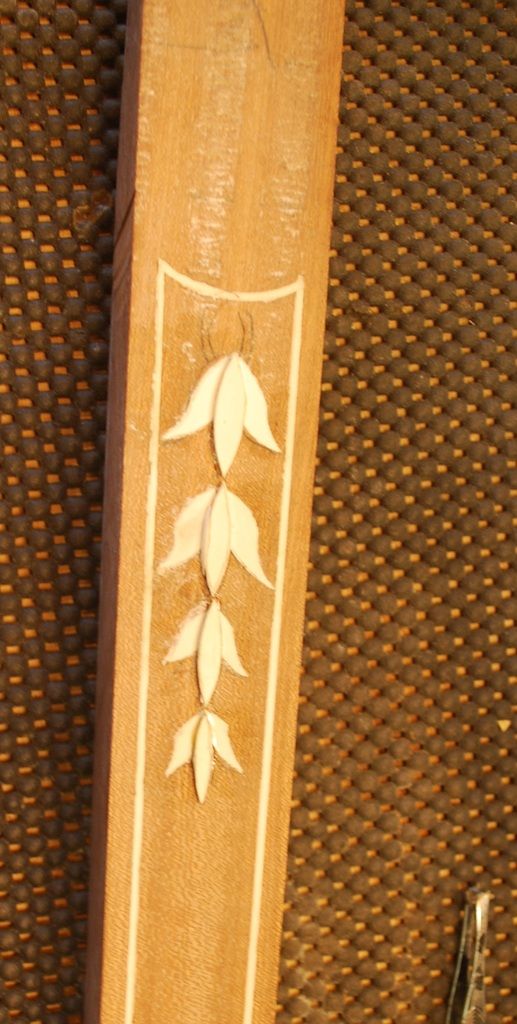
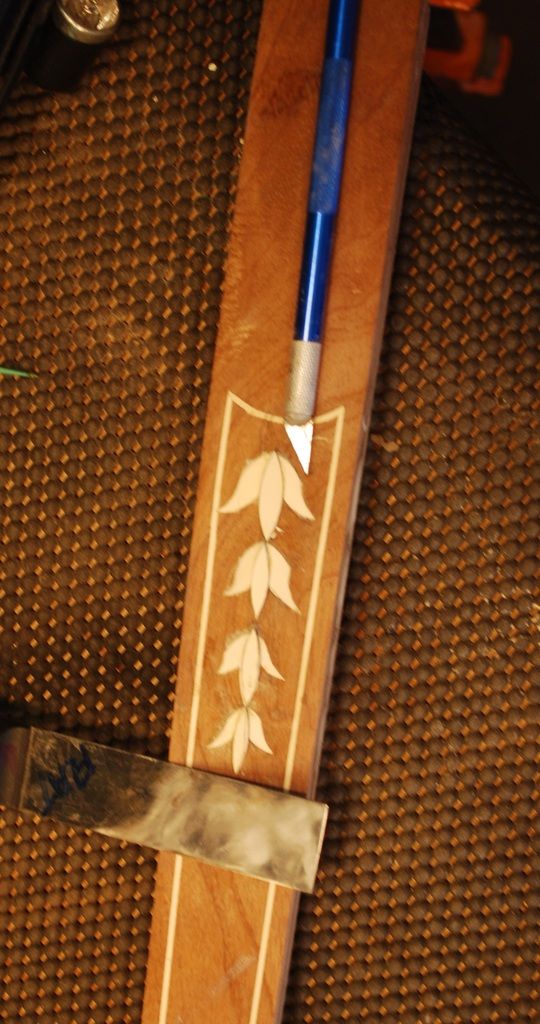
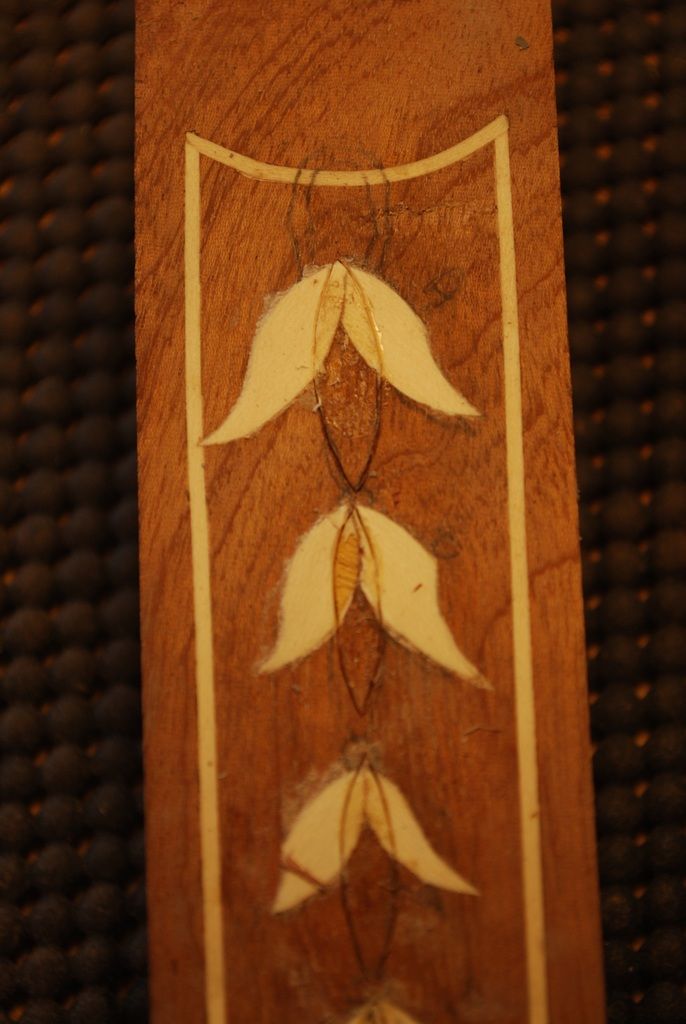
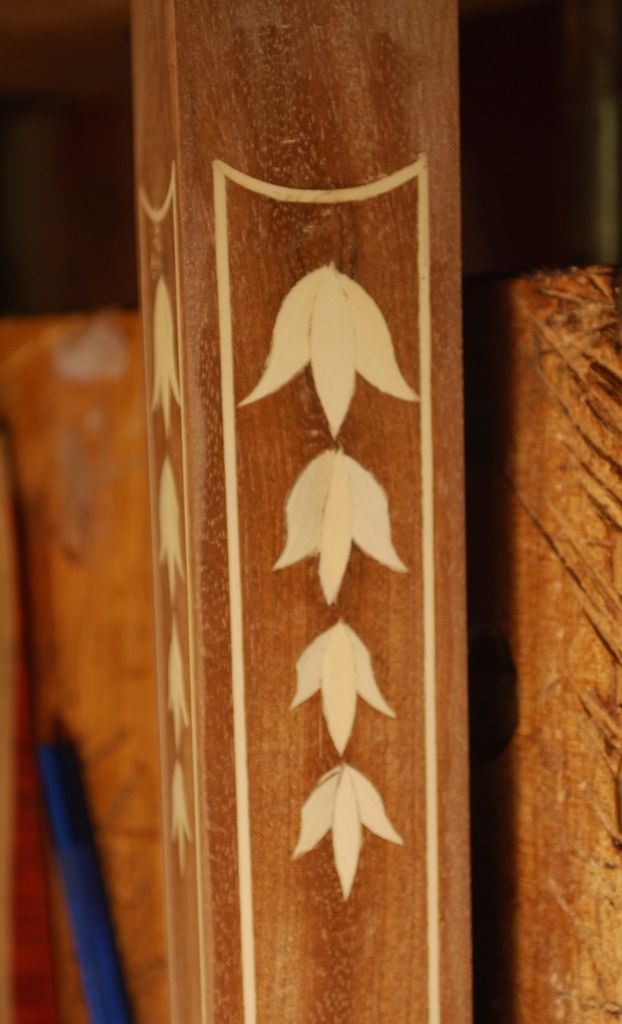
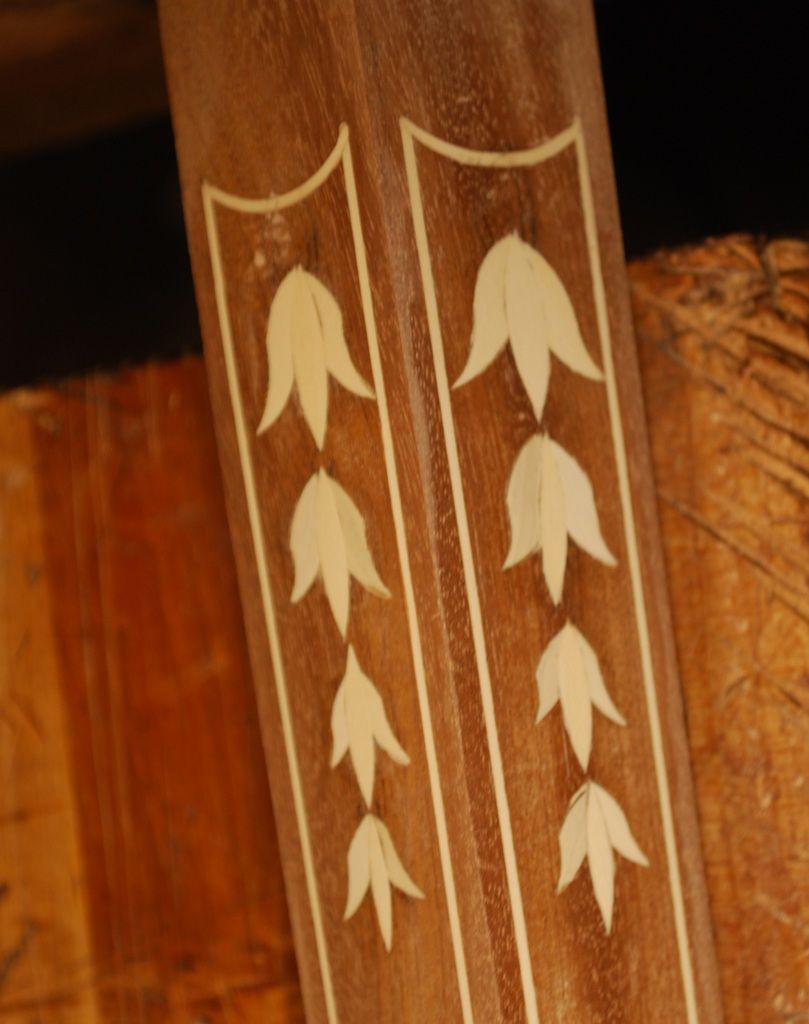
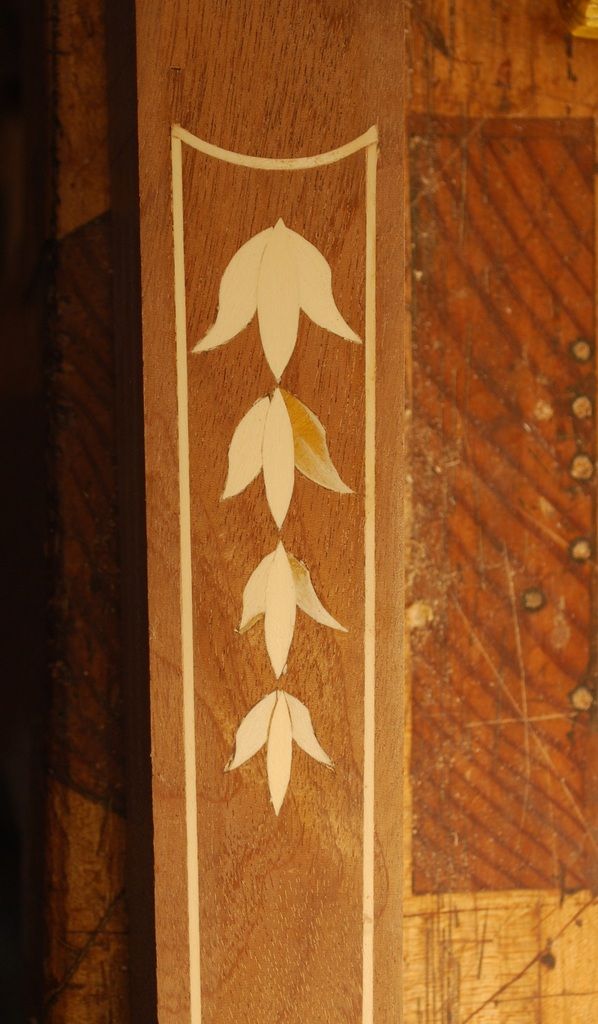
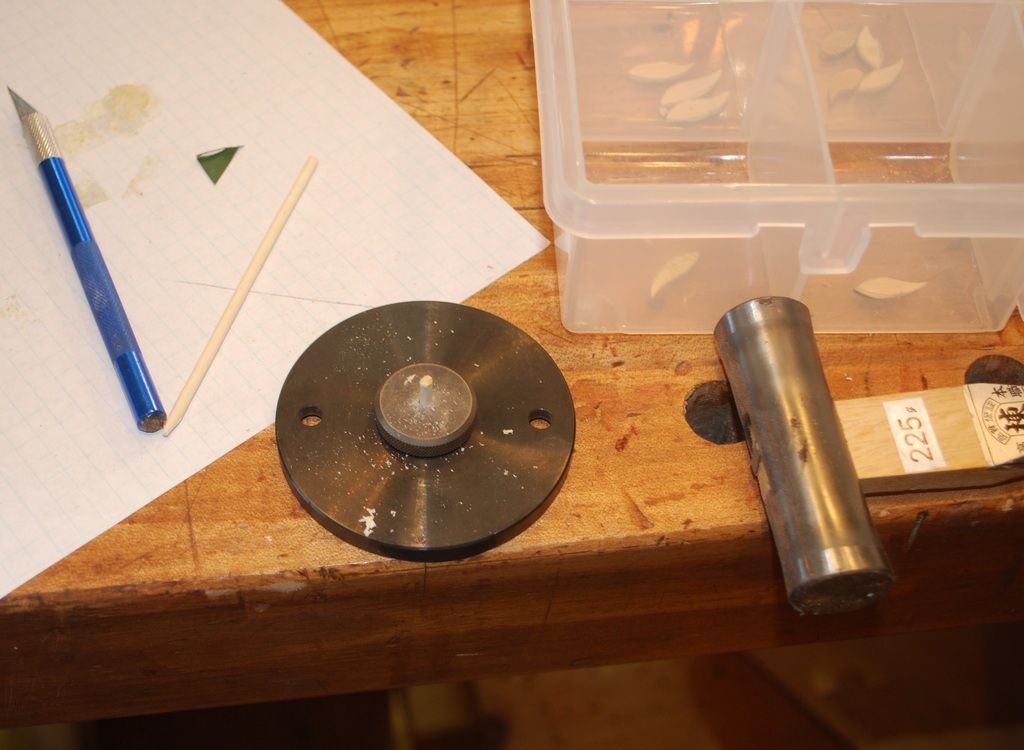
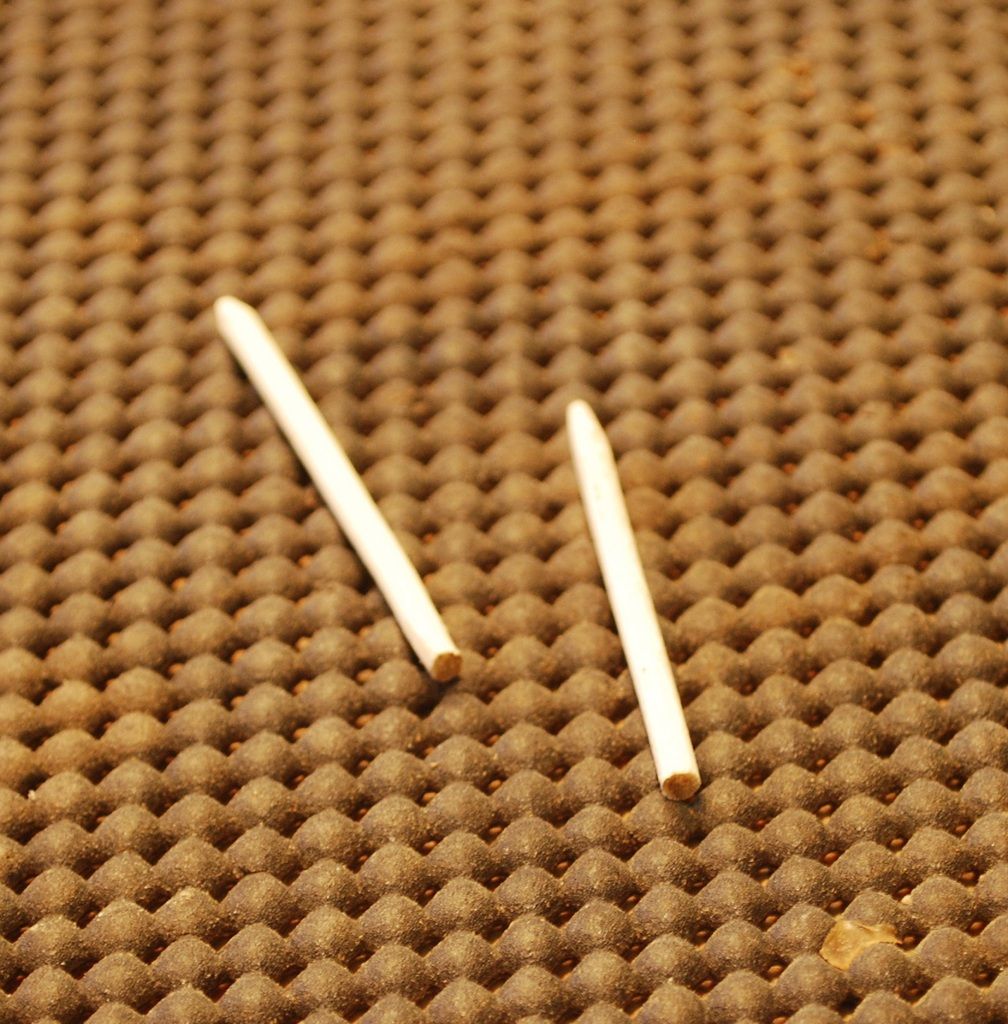
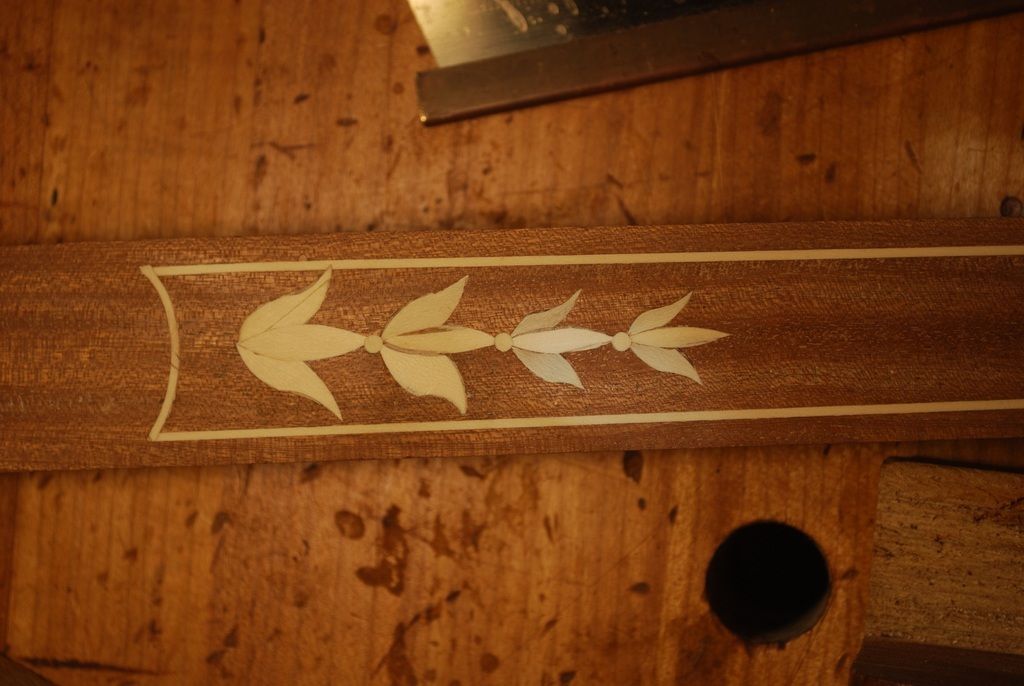




 !
! 



